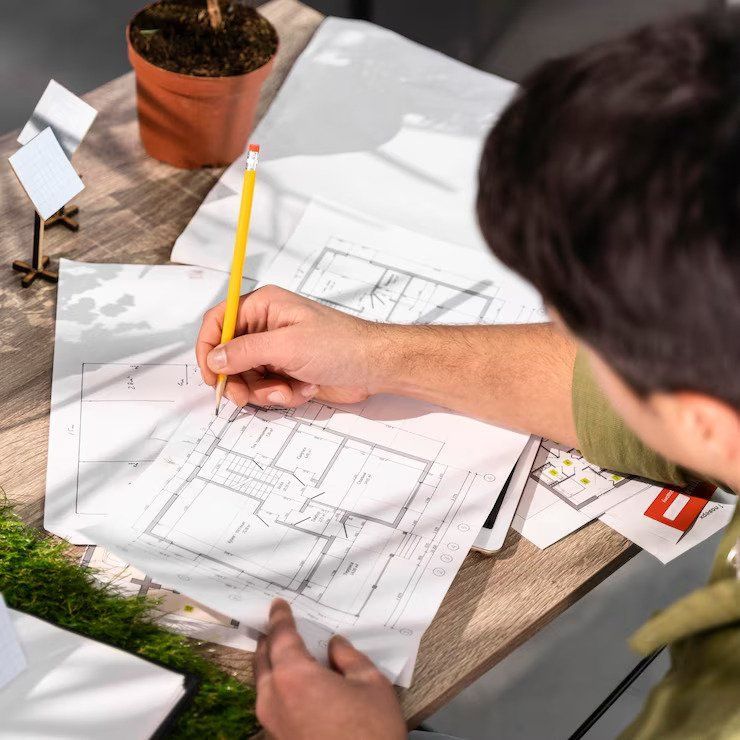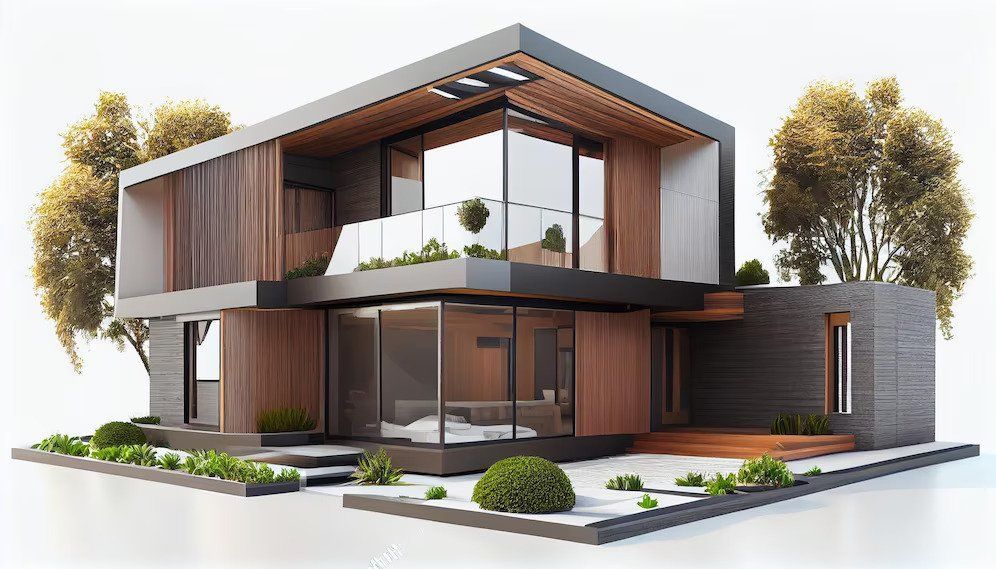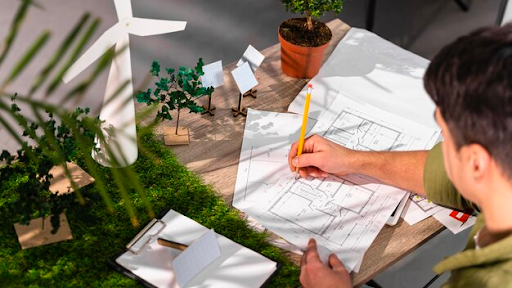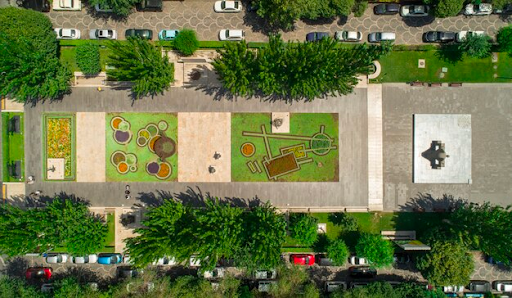From Concept to Completion: A Guide to the Architectural Exterior Design Process
The architectural design process is a complex and iterative process that requires careful planning, attention to detail, and collaboration between architects, designers, and clients. The exterior design of a building is an essential part of the architectural design process. It determines the appearance, functionality, and sustainability of a building. This article provides a guide to the architectural exterior design process, from concept to completion. It covers the key steps involved in the process and the factors that influence the design of the building's exterior.

Step 1: Site Analysis
The first step in the architectural exterior design process is site analysis. Site analysis involves studying the site's context, location, and topography. The site's context includes factors such as the site's history, neighboring buildings, and the natural environment. The location of the site is an essential factor in determining the building's orientation, which affects energy efficiency and daylighting. The topography of the site is also critical as it affects the building's foundation and structural design.
Step 2: Concept Development
The next step is concept development. The architect develops the concept based on the site analysis and the client's requirements. The concept includes the building's form, style, and overall appearance. The architect may create sketches, 3D models, or computer-generated images to communicate the concept to the client.
Step 3: Design Development
The design development stage involves refining the concept and developing detailed drawings and specifications. The architect collaborates with the client, engineers, and other consultants to ensure that the design meets the client's requirements and complies with local building codes and regulations.
Step 4: Material Selection
Material selection is a critical aspect of the architectural exterior design process. The architect selects materials based on factors such as durability, aesthetics, sustainability, and cost-effectiveness. The materials used in the building's exterior should be durable, weather-resistant, and low-maintenance. The materials should also enhance the building's aesthetic appeal and complement its surroundings.
Step 5: Construction Documentation
The construction documentation stage involves creating detailed drawings and specifications that contractors use to build the building. The drawings include floor plans, elevations, sections, and details. The specifications provide information on the materials, finishes, and construction methods to be used.
Step 6: Construction Administration
Construction administration is the final stage of the architectural exterior design process. The architect works closely with the contractor to ensure that the construction is carried out according to the drawings and specifications. The architect may also provide on-site inspections to ensure that the construction meets the design intent and quality standards.

Factors that Influence Exterior Design
Several factors influence the architectural exterior design process. These include:
- Site Characteristics: The site's location, context, and topography influence the building's orientation, form, and appearance.
- Client Requirements: The client's requirements, preferences, and budget play a significant role in the exterior design of the building.
- Building Function: The building's function influences its exterior design. For example, a commercial building may have a different exterior design than a residential building.
- Sustainability: Sustainable design principles such as energy efficiency, water conservation, and use of eco-friendly materials influence the exterior design of the building.
- Local Building Codes: Local building codes and regulations impact the exterior design of the building. The design must comply with the building codes and obtain necessary approvals from local authorities.
Conclusion
The architectural exterior design process is a complex and iterative process that involves several stages, from site analysis to construction administration. The process requires collaboration between architects, designers, and clients to ensure that the design meets the client's requirements and complies with local building codes and regulations. The factors that influence the exterior design of the building include site characteristics, client requirements, building function, sustainability, and local building codes. By considering these factors and following the design process, architects can create buildings that are not only visually appealing but also functional, sustainable, and durable.
The architectural exterior design process is crucial in creating a building that is both functional and aesthetically pleasing. It requires careful planning, attention to detail, and collaboration between architects, designers, and clients. By following the steps outlined in this guide and considering the factors that influence exterior design, architects can create buildings that meet their clients' requirements and contribute to a sustainable future.
In conclusion, the architectural exterior design process plays a crucial role in creating a building that is both visually appealing and functional. The process involves several stages, from site analysis to construction administration, and requires collaboration between architects, designers, and clients. The factors that influence the exterior design of the building include site characteristics, client requirements, building function, sustainability, and local building codes. By considering these factors and following the design process, architects can create buildings that are not only visually appealing but also functional, sustainable, and durable.



